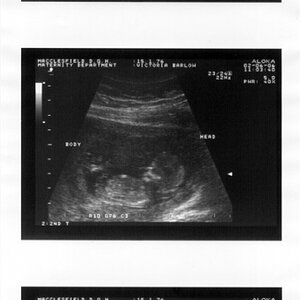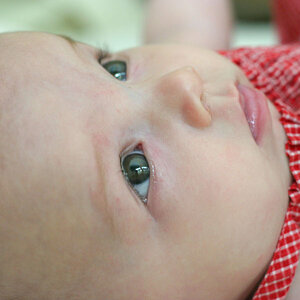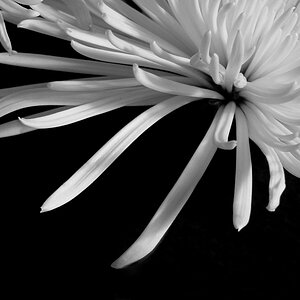jdmartin8
TPF Noob!
Much like the next post in line here, I predominantly shoot black and white, and I think I would like to develop my own film (35mm), and then pick and choose which negatives to print.
My question is: What do I use to view the negatives, to determine the good ones from the junk? I don't have an enlarger, nor do I have any of the other dark room equipment.
I'm new to all of this, so any help would be appreciated.
Thanks...
Jim
My question is: What do I use to view the negatives, to determine the good ones from the junk? I don't have an enlarger, nor do I have any of the other dark room equipment.
I'm new to all of this, so any help would be appreciated.
Thanks...
Jim



 If you know another photographer who does a pretty good job, maybe you could ask to see their negs.
If you know another photographer who does a pretty good job, maybe you could ask to see their negs. ![[No title]](/data/xfmg/thumbnail/42/42487-e35b2848c41aeeb5a93f21809f036a1d.jpg?1619740196)
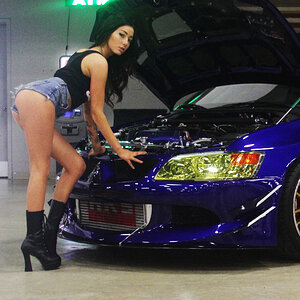
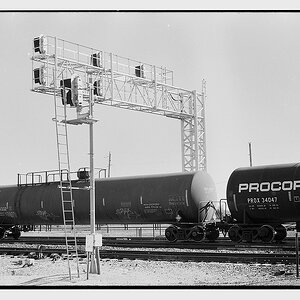
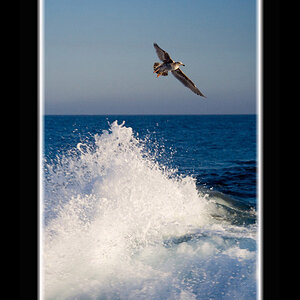
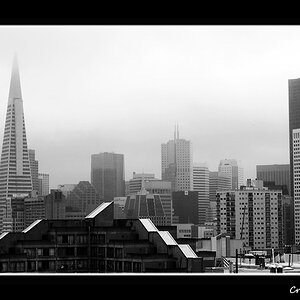
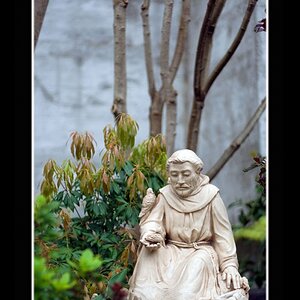
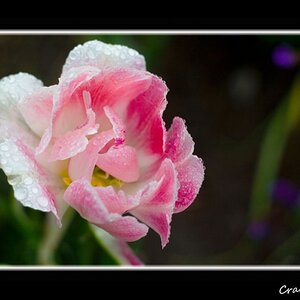
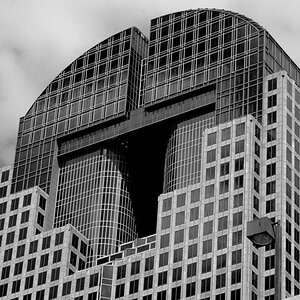
![[No title]](/data/xfmg/thumbnail/37/37096-449bdc6a1e392458a52fd1cca97c6b2e.jpg?1619737881)
